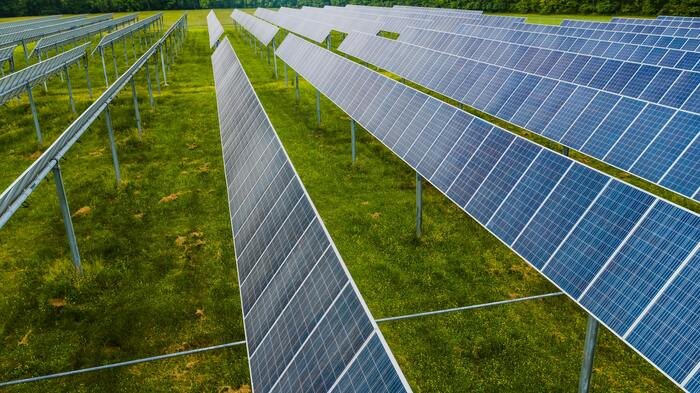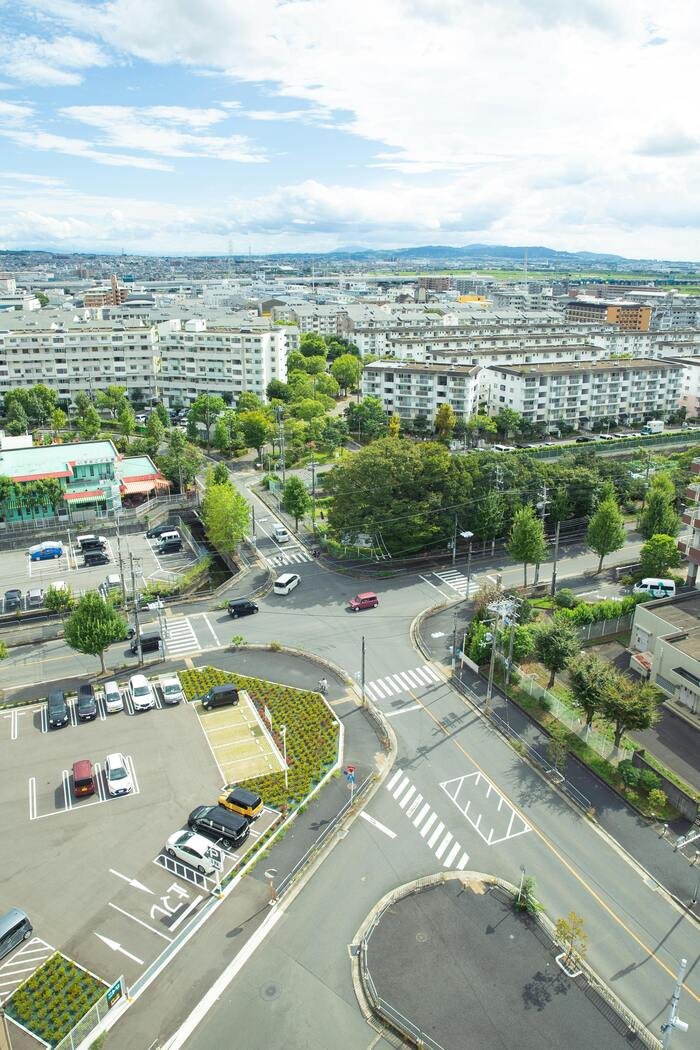Green infrastructure is increasingly recognized as a crucial component in the transition to sustainable energy systems. By integrating natural and engineered systems, green infrastructure not only enhances environmental quality but also supports the development and efficiency of renewable energy sources. This article explores how green infrastructure paves the way for renewable energy advances, highlighting its benefits, challenges, and the future potential of these synergies.
Understanding Green Infrastructure
What is Green Infrastructure?
Green infrastructure refers to a network of natural and semi-natural spaces designed to deliver a range of ecosystem services. These can include green roofs, urban forests, wetlands, greenways, and sustainable urban drainage systems. By mimicking natural processes, green infrastructure helps manage water, improve air quality, enhance biodiversity, and provide recreational spaces.
Key Components of Green Infrastructure
- Green Roofs and Walls: Vegetative layers on buildings that provide insulation, reduce urban heat islands, and improve air quality.
- Urban Forests and Greenways: Networks of trees and vegetation that enhance urban biodiversity, sequester carbon, and offer cooling effects.
- Wetlands and Riparian Buffers: Natural water filtration systems that reduce pollution and manage stormwater runoff.
- Permeable Pavements and Rain Gardens: Structures that allow water to percolate through, reducing surface runoff and recharging groundwater.
How Green Infrastructure Supports Renewable Energy
Enhancing Energy Efficiency
Green infrastructure can significantly improve energy efficiency in urban environments. For example, green roofs and walls provide insulation, reducing the need for heating and cooling in buildings. This decrease in energy demand complements renewable energy sources by making overall energy consumption more sustainable.
Facilitating Renewable Energy Integration
Green infrastructure plays a vital role in integrating renewable energy into the urban fabric. Solar panels can be combined with green roofs, optimizing space and enhancing the efficiency of photovoltaic systems through the cooling effects provided by vegetation. Similarly, wind turbines can be strategically placed in urban green spaces where wind patterns are favorable.
Improving Grid Resilience
By incorporating green infrastructure, cities can enhance the resilience of their energy grids. Natural features like urban forests and wetlands help mitigate the impacts of extreme weather events, such as storms and heatwaves, which can disrupt energy supplies. This resilience is crucial for maintaining consistent renewable energy generation and distribution.
Promoting Sustainable Energy Practices
Green infrastructure encourages the adoption of sustainable energy practices by providing education and engagement opportunities. Urban green spaces and eco-parks can serve as demonstration sites for renewable energy technologies, raising public awareness and fostering community support for green energy initiatives.

Case Studies: Green Infrastructure and Renewable Energy Synergies
Freiburg, Germany
Freiburg is a leading example of integrating green infrastructure with renewable energy. The city has extensively adopted green roofs and solar energy, making it one of the greenest cities in Europe. Freiburg’s Solar Settlement, a neighborhood powered entirely by solar energy, showcases how green infrastructure and renewable energy can coexist harmoniously.
Singapore
Singapore has embraced green infrastructure through its comprehensive “City in a Garden” vision. The Marina Bay Sands complex features extensive green roofs and vertical gardens combined with solar panels, reducing energy consumption and promoting renewable energy. Additionally, the city’s focus on urban greenery helps mitigate the urban heat island effect, enhancing the efficiency of solar energy systems.
Portland, Oregon, USA
Portland is known for its innovative use of green infrastructure to support renewable energy. The city has implemented numerous green roofs, permeable pavements, and bioswales to manage stormwater and reduce urban heat. These efforts are complemented by extensive solar and wind energy projects, demonstrating a holistic approach to sustainable urban development.
Challenges and Solutions
Initial Costs and Maintenance
One of the primary challenges of green infrastructure is the initial cost and ongoing maintenance. While the long-term benefits often outweigh these costs, securing funding and managing maintenance can be barriers. Solutions include public-private partnerships, government incentives, and community involvement to share costs and responsibilities.
Integration with Existing Infrastructure
Integrating green infrastructure with existing urban systems can be complex, requiring careful planning and coordination. Retrofitting buildings with green roofs or installing permeable pavements in developed areas necessitates collaboration between architects, engineers, and city planners. Streamlined regulatory frameworks and cross-disciplinary teams can facilitate smoother integration processes.
Public Awareness and Acceptance
Public awareness and acceptance are crucial for the successful implementation of green infrastructure. Educational campaigns, community engagement initiatives, and demonstration projects can help build public support and encourage the adoption of green practices. Highlighting the tangible benefits, such as improved air quality, energy savings, and enhanced urban aesthetics, can further boost acceptance.
The Future of Green Infrastructure and Renewable Energy
The future of green infrastructure and renewable energy lies in their continued integration and innovation. As technology advances, new materials and design approaches will enhance the efficiency and effectiveness of green infrastructure. Smart city technologies, such as IoT sensors and data analytics, can optimize the performance of green infrastructure and renewable energy systems, creating more resilient and sustainable urban environments.
Furthermore, policies and regulations that promote green infrastructure and renewable energy adoption will be critical. Governments at all levels need to prioritize sustainable development by providing incentives, setting ambitious targets, and fostering collaboration between stakeholders.
Conclusion
Green infrastructure is a powerful tool in advancing renewable energy and creating sustainable urban environments. By enhancing energy efficiency, facilitating renewable energy integration, improving grid resilience, and promoting sustainable practices, green infrastructure paves the way for a greener future. Embracing this synergy requires overcoming challenges through innovative solutions, public engagement, and supportive policies. As cities around the world continue to evolve, the integration of green infrastructure and renewable energy will be pivotal in addressing the challenges of climate change and ensuring a sustainable future for all.
FAQ
1. How does green infrastructure enhance the efficiency of renewable energy systems?
Green infrastructure can significantly enhance the efficiency of renewable energy systems by providing cooling effects that improve the performance of technologies like solar panels. For example, green roofs and walls help reduce the temperature of buildings, which in turn lowers the temperature of rooftop solar panels, making them more efficient. Additionally, green spaces can optimize wind flow patterns, benefiting wind turbines. These natural cooling and optimizing effects make renewable energy systems more efficient and reliable.
2. What are some challenges in integrating green infrastructure with renewable energy?
Integrating green infrastructure with renewable energy faces several challenges, including:
- Initial Costs and Maintenance: The upfront cost of installing green infrastructure and the ongoing maintenance can be substantial. Securing funding and establishing maintenance protocols are crucial.
- Integration with Existing Infrastructure: Retrofitting existing buildings and urban areas to incorporate green infrastructure can be complex, requiring careful planning and coordination among various stakeholders.
- Public Awareness and Acceptance: Raising public awareness and gaining acceptance for green infrastructure projects can be challenging. Educational campaigns and community engagement initiatives are essential to build support and encourage adoption.
3. How can cities overcome the barriers to implementing green infrastructure for renewable energy?
Cities can overcome barriers to implementing green infrastructure for renewable energy by:
- Forming Public-Private Partnerships: Collaborations between government, private sector, and community organizations can help share the costs and responsibilities of green infrastructure projects.
- Providing Government Incentives: Policies that offer financial incentives, such as tax credits, grants, and subsidies, can encourage investment in green infrastructure.
- Engaging the Community: Involving the community through educational campaigns, demonstration projects, and public consultations can increase awareness, acceptance, and support for green infrastructure.
- Streamlining Regulations: Developing clear, supportive regulatory frameworks that facilitate the integration of green infrastructure with existing urban systems can help overcome legal and bureaucratic hurdles.
- Utilizing Smart Technologies: Implementing IoT sensors, data analytics, and other smart technologies can optimize the performance and maintenance of green infrastructure, making it more effective and efficient.




